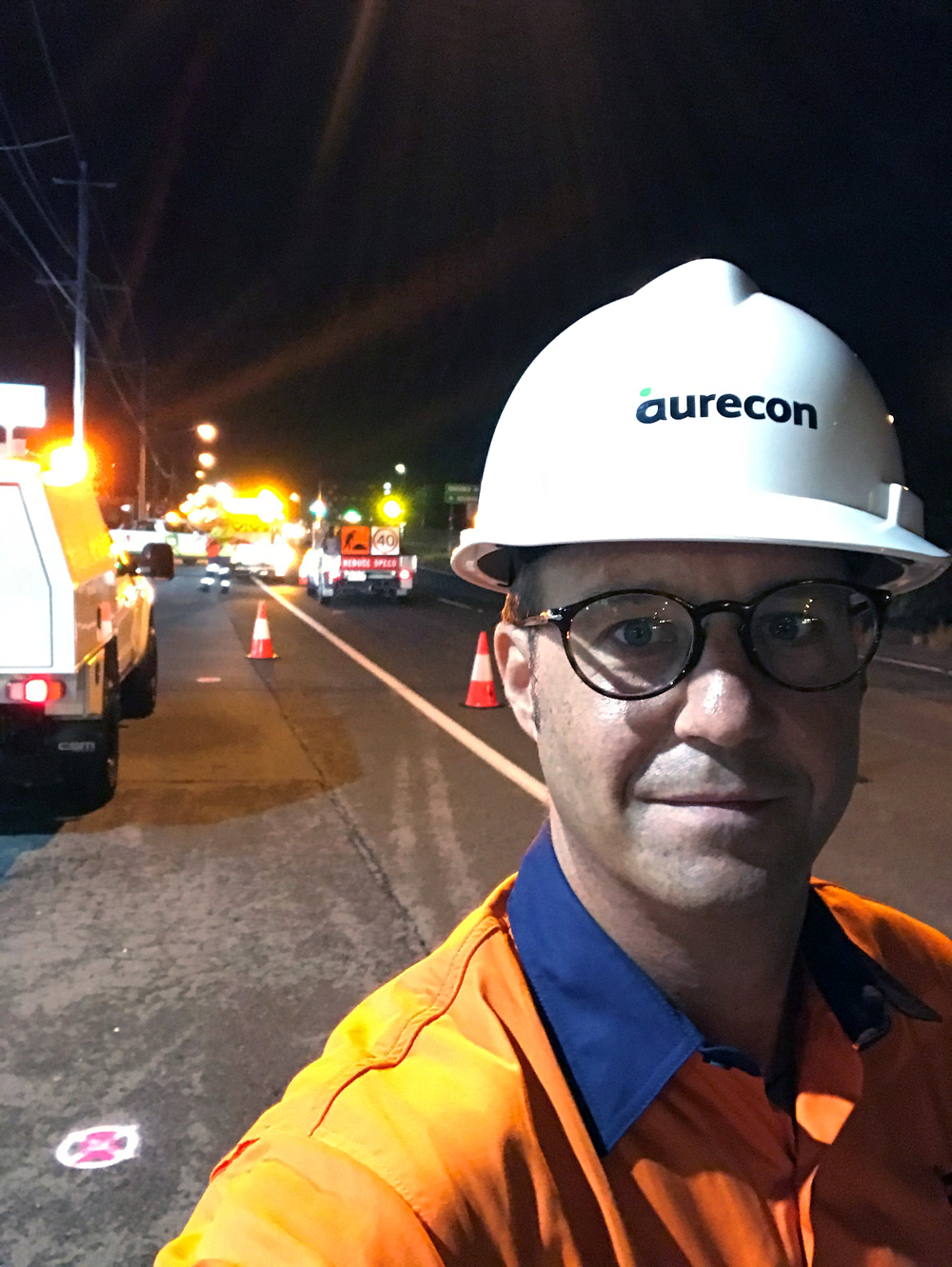Personal experience inspired one engineer to create a “network of networks” to promote diversity in engineering.
LGBTQI+ inclusion in engineering has been on the mind of Aurecon environmental engineer Matthew Tendam for some time. He himself identifies as part of the community, and feels that while progress has been made at a macro level, these changes haven’t necessarily filtered down into the ‘everyday’ for many LGBTQI+ engineers, including in workplaces.
After reading an article on create about LGBTQI+ inclusion in STEM, he said the idea to start a platform for engineers that mirrored similar initiatives developing across other STEM professions crystallised in his mind.

“A lot of the information and data and personal experiences [in that article] really resonated with me and what I’d experienced through my career both in the United States and here in Australia,” he told create.
Inspired to ignite change in the industry, Tendam presented at the World Engineers Convention in November 2019 on the topic of increasing LGBTQI+ representation and engagement within the engineering community.
This struck a chord with many in the audience, including Justine Romanis, National Manager, Professional Diversity and STEM at Engineers Australia.
“She was very keen to work with Aurecon and myself to drive some initiatives through Engineers Australia,” Tendam said.
“The idea for InterEngineer blossomed after that.”
A network of networks
InterEngineer officially launched earlier this year as a joint initiative of Aurecon, Pride in Diversity and Engineers Australia. Its goal is to promote a more inclusive engineering profession for LGBTQI+ individuals through networking and advocacy.
The organisation is particularly interested in forging connections between communities and reaching people in areas that might currently be underserved. While there are a number of initiatives focused on increasing the representation of LGBTQI+ individuals in STEM professions, Tendam said such groups often exist at a state level and are predominantly concentrated in large cities such as Sydney and Melbourne.
“We’re hoping to make InterEngineer a network of networks, so to speak. It would be a national framework to bring some of these groups together,” he said.
“We’d also like to reach out to more regional areas; for LGBTQI+ engineers and scientists, you can often get support and acceptance in the capital cities without too many issues, but regional areas with smaller populations and more conservative demographics can fall behind.”
InterEngineer also aims to drive inclusion in STEM down to the university and high school level, when young people are making career choices.
“We’d like to engage with LGBTQI+ youth and demonstrate that engineering is a viable option for those students. I think it’s not really seen that way at the moment,” Tendam said.
At the time of its launch, Engineers Australia CEO Dr Bronwyn Evans commended the endeavour, saying initiatives such as this serve to strengthen the engineering profession.
“We want young people choosing a career to see engineering as a profession that will allow them to bring their true selves to work, regardless of sexual orientation or gender identity,” she said.
“That won’t happen unless organisations take meaningful and tangible steps to foster and celebrate diversity.”
Driving innovation
Although it’s still early days for the initiative, Tendam said feedback so far has been overwhelmingly positive.
“People think it’s something that’s been needed for a while,” he said.
“In general, the engineering industry has become more diverse over the past 18 years of my career, but there’s still a lot more work to do.”
Not only will such initiatives make for a more inclusive, diverse workplace, Tendam said opening up STEM industries to people of all backgrounds could help promote innovation in the field.
“If you have a team of eight people who’ve all lived the exact same life and all have the same perspective, how would you expect new ideas to develop?” Tendam asked.
“Diversity of experience leads to diversity of thought, which drives innovation. And that’s not just for LGBTQI+ diversity, but multicultural diversity and gender diversity, too.”
Interested in participating in the InterEngineer community?